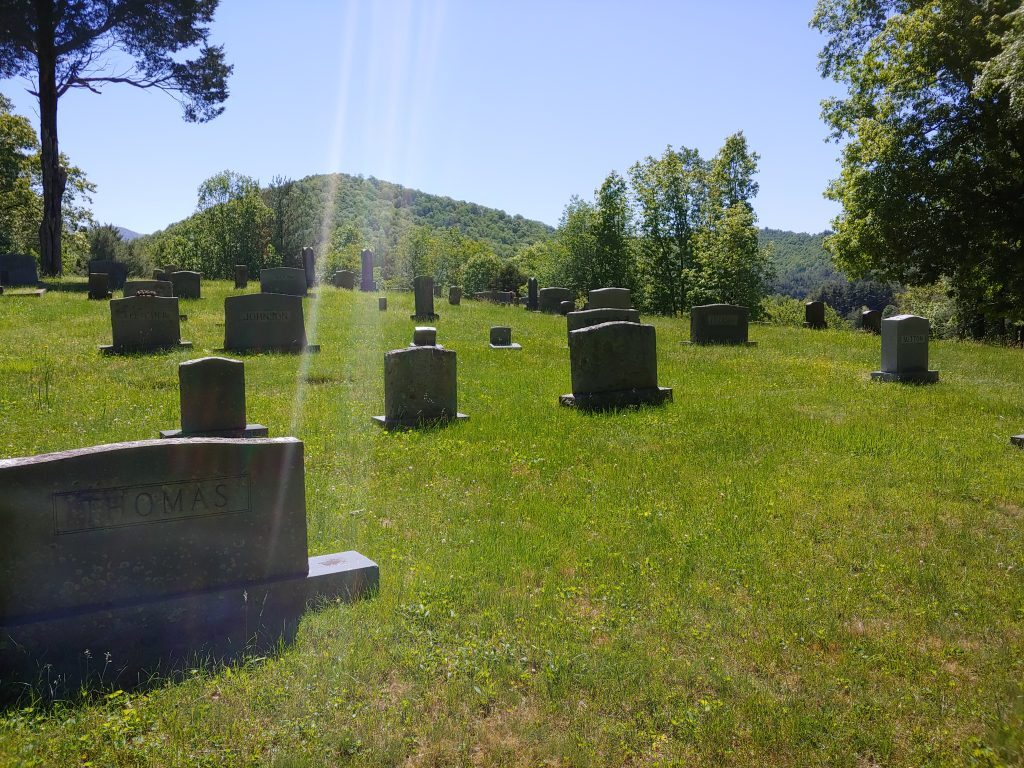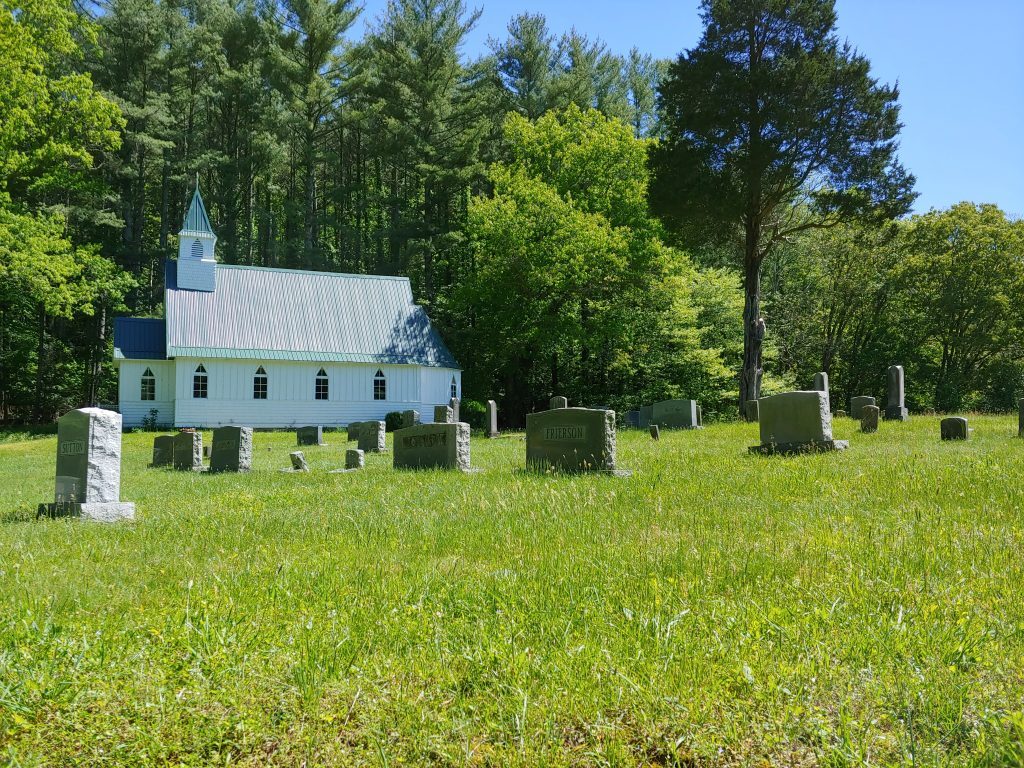We’ve all been in these survival horror scenarios before.
You find yourself in the middle of a dark and creepy abandoned hospital, your only source of light a flickering flashlight. You’re searching for your missing daughter, and you have a gut feeling that she’s somewhere in this building. As you move deeper into the hospital, you start to feel like something is following you, and every shadow seems to hold a new threat. Suddenly, you hear a sound coming from one of the rooms and it sends shivers down your spine. You slowly push open the door and find yourself face to face with a horde of twisted and deformed creatures, their eyes glowing in the dark. They let out a blood-curdling roar, and you realize that you’re low on ammo.
Classic.
What is Survival Horror?
“Survival horror” is a subgenre of the horror genre that focuses on a character or characters attempting to survive against some form of deadly threat, often in a situation where they are helpless or poorly equipped. This genre typically involves a combination of horror and action elements, as the characters must not only evade or hide from the danger, but also actively fight back against it.
In survival horror games and movies, the protagonist is often portrayed as vulnerable and in a disadvantageous position, such as being stranded in an isolated location or being pursued by a powerful and deadly monster. The goal of the protagonist is to survive by using limited resources, solving puzzles, and making strategic decisions.
The genre is characterized by its emphasis on suspense, tension, and fear. The atmosphere is often creepy and foreboding, with a focus on creating a sense of dread and unease for the player or viewer. The genre often incorporates elements of science fiction horror, with storylines that involve the supernatural, mutants, or viral outbreaks. It’s challenging to effectively trace the history of survival history because it overlaps with so many other genres. Instead we will just give a brief overview as it relates to video games, movies, and books.
Survival Horror in Games
The survival horror genre is most commonly associated with video games, and here its roots go back to the late 1970s through 1980s, with the release of horror-themed cartridge games like Haunted House (1972) and Sweet Home (1989). These early games established the basic formula of a character navigating through a dangerous environment while facing off against frightening creatures.
The survival horror genre came into its own in the 1990s with the release of Alone in the Dark (1992) on the PC and Resident Evil (1996) on the PlayStation console. These games popularized the genre with their combination of survival mechanics, such as resource management and puzzle-solving, with intense action and horror elements. The success of Resident Evil in particular paved the way for other successful survival horror franchises like Clock Tower (1996) and Silent Hill (1999), and it was Capcom who first coined the term “survival horror”..
In the 2000s, the genre experienced a resurgence in popularity with the advent of new gaming technologies and a greater focus on creating immersive and atmospheric experiences. The release of games like Dead Space (2008), Amnesia: The Dark Descent (2010) and the Outlast series brought a new level of intensity to the genre, emphasizing psychological horror and creating more intense, frightening experiences for players.
In recent years, the survival horror genre has continued to evolve, incorporating new technologies and gameplay mechanics to create more immersive and terrifying experiences. For example, Until Dawn (2015) allows players to control multiple characters and the game changes based on decisions made, while Dead by Daylight (2016) features one versus four gameplay where one player is the killer and the other four attempt to survive. As virtual reality games become more popular, survival horror will continue to push the boundaries of what is possible in the world of horror gaming.
Other popular survival horror video games include: Fatal Frame (2001), Resident Evil 4 (2005), The Last of Us (2013), and The Evil Within (2014). The Last of Us also being a fan favorite tv show.
Survival Horror in Movies
Much like in gaming, the history of survival horror in movies can also be traced back to the 1970s and 1980s, with early films like The Texas Chain Saw Massacre (1974) and Halloween (1978) setting the groundwork for the genre, and later being followed by movies such as The Thing (1982) and Predator (1987). These films established the basic formula of characters facing off against dangerous and terrifying threats, often with limited resources and weapons.
The 1990s saw survival horror being blended with other subgenres, such as “body horror”, with films like Candyman (1992) and Event Horizon (1997) bringing a new level of intensity and gore to the survival horror genre. These films expanded on the core formula of survival horror, incorporating elements of science fiction and supernatural horror to create even more frightening and suspenseful experiences for audiences.
In the 2000s, the survival horror genre experienced a resurgence in popularity with the release of successful films like The Ring (2002) and Saw (2004). These films brought a new level of psychological horror to the genre, exploring the dark and twisted thoughts and motivations of the characters in a way that was both terrifying and thought-provoking. Other great movies from the era include 28 Days Later (2002), The Descent (2005), The Mist (2007), Eden Lake (2008) and The Ruins (2008).
More recently, the survival horror genre has continued to evolve and expand, with newer films bringing an increased level of realism and immediacy to the genre, creating more anxiety-inducing and unnerving experiences for audiences. You can find survival horror happening in the woods with The Ritual (2017), in the snow with Frozen (2012), in a alligator-filled hurricane with Crawl (2019), on a deserted island with Sweetheart (2019), and under the water with movies like 47 Meters Down (2017) and Underwater (2020)
Other popular survival horror movies include: Buried (2010), The Shallows (2016), A Quiet Place (2018), and Alone (2020).
Survival Horror in Literature
The history of survival horror in books and comics can be traced back to the Gothic novels of the late 18th and early 19th centuries, such as Mary Shelley’s Frankenstein (1818) and Bram Stoker’s Dracula (1897). These early works established many of the core themes and motifs that would come to define the survival horror genre, including the use of suspense, tension, and fear to create a sense of danger and unease. A lot of the genre owes thanks to the works of Lovecraft as well, which often feature investigative narratives and characters struggling to survive insurmountable odds.
In the 20th century, the survival horror genre continued to evolve and expand in the world of literature with the publication of books like Stephen King’s Salem’s Lot (1975), Scott Smith’s The Ruins (2006), and Comac McCarthy’s The Road (2006), along with the creation of popular comic book series like The Walking Dead (2003). These works brought a new level of intensity and realism to the genre, exploring the fear and desperation of characters facing off against dangerous and unpredictable threats.
Moving into the 21st century, the genre has continued to thrive in the world of books and comics, with the publication of works like Josh Malerman’s Bird Box (2014) and of graphic novels such as Grant Morrison’s Nameless (2017). These works bring a new level of sophistication and complexity to the genre, exploring the psychological and emotional aspects of survival in the face of horror and danger.
Other popular survival horror books/comics include: 30 Days of Night by Steve Niles (2002), The Last One by Alexandra Oliva (2017), The Hunger by Alma Katsu (2018), The Luminous Dead by Caitlin Starling (2019), Below by Laurel Hightower (2022), and The Deep (2015) and The Troop (2016) both by Nick Cutter.
Final Thoughts
Today, the survival horror genre remains one of the most popular and enduring and diverse subgenres of horror, attracting fans with its multitudes of settings and its combination of suspense, tension, and fear. The genre continues to evolve and expand, with new games, movies, and other forms of media that explore new and exciting directions for survival horror.

Ben’s love for horror began at a young age when he devoured books like the Goosebumps series and the various scary stories of Alvin Schwartz. Growing up he spent an unholy amount of time binge watching horror films and staying up till the early hours of the morning playing games like Resident Evil and Silent Hill. Since then his love for the genre has only increased, expanding to include all manner of subgenres and mediums. He firmly believes in the power of horror to create an imaginative space for exploring our connection to each other and the universe, but he also appreciates the pure entertainment of B movies and splatterpunk fiction.
Nowadays you can find Ben hustling his skills as a freelance writer and editor. When he’s not building his portfolio or spending time with his wife and two kids, he’s immersing himself in his reading and writing. Though he loves horror in all forms, he has a particular penchant for indie authors and publishers. He is a proud supporter of the horror community and spends much of his free time reviewing and promoting the books/comics you need to be reading right now!




